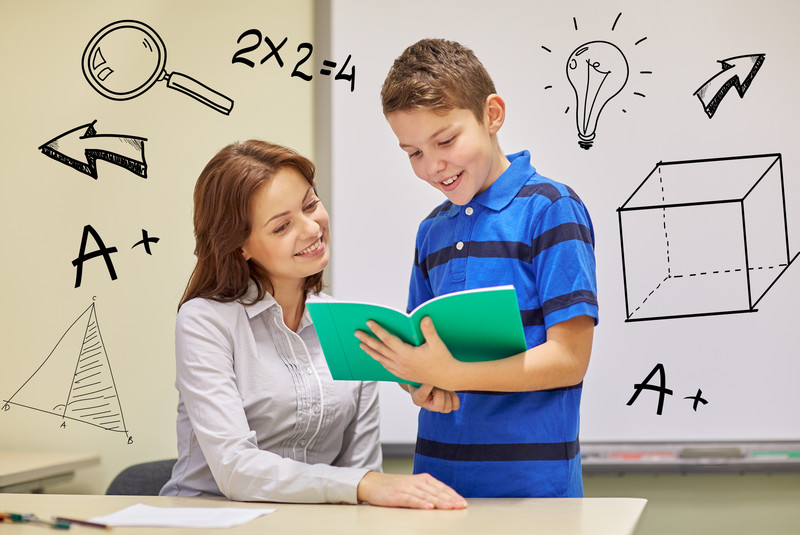The Scientific Method is a process for experimentation that is used by scientists to explore observations and answer questions. The process involves a number of steps which allows the scientists to come to a logical conclusion about the experiment. It is a great base for studies that homeschool students make take up in projects of their own. Here’s what they need to understand about the process.
Step 1 – The Question
It all starts with a question that incites the imagination. It can be something as simple as which makes better bubble water – dish soap or hand wash? Or something more complicated like what are the different factors that make the seedlings grow well?
Step 2 – The Research
Once you have the question, you can start gathering information to answer it. This is called research. In case of the bubbles you can design your research to cover two kinds of popular dish soaps and two hand washes. It allows some variables into your research when you see what contents are common and what is extra.
Step 3 – The Hypothesis
The hypothesis is simply an educated guess that you make based on your research. The guess is to answer the first question that got you thinking. Clearly set out your guess or answer, and now we get on to the fun part of checking if the guess was correct.
Step 4 – The Experiment
Here we can set up an experiment to actually blow bubbles from the four different solutions. This will give us data that we can record. For instance which liquid enabled you to blow the largest bubbles, or which bubbles lasted the longest, and so on.
Step 5 – The Observations
When you have the date from the experiments, you need to write them down. These written points become your observations of the experiment conducted. They will also make it easy to quantify if your guess or hypothesis was right or wrong.
Step 6 – The Conclusion
This is simply the actual answer to your question. It may or may not match the guessed answer that you have given before the experimentation process began.
Step 7 – The Replication
Once you have a conclusion you can deduce if your hypothesis was correct. If it is truly correct, you should be able to repeat the entire process with the same results every time. This is the replication step.

